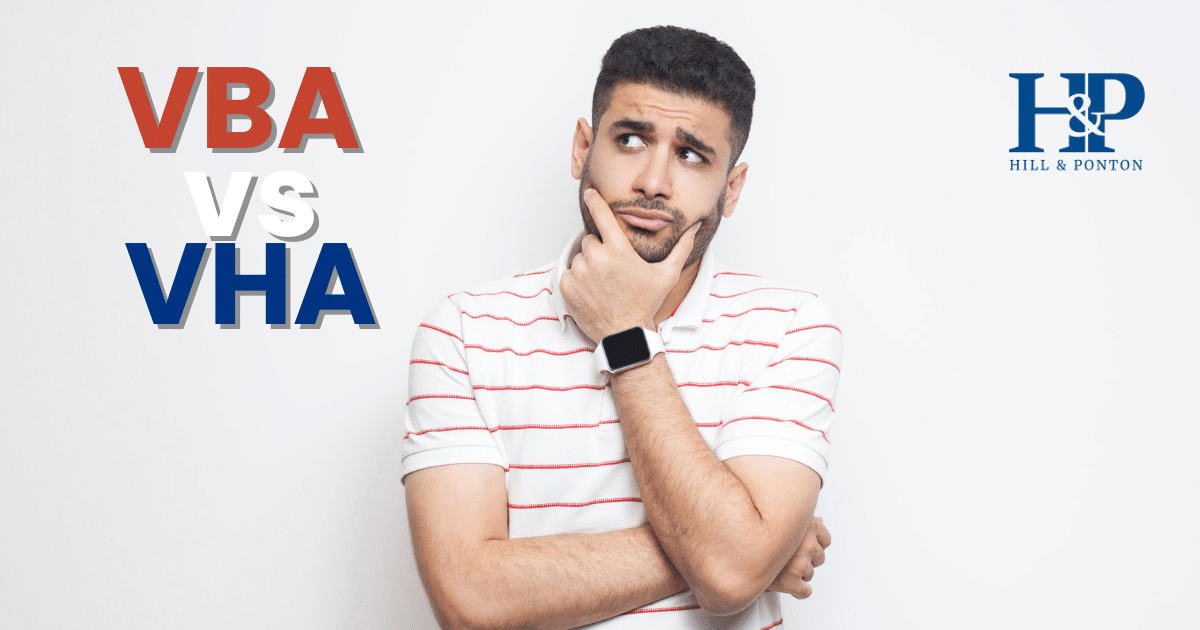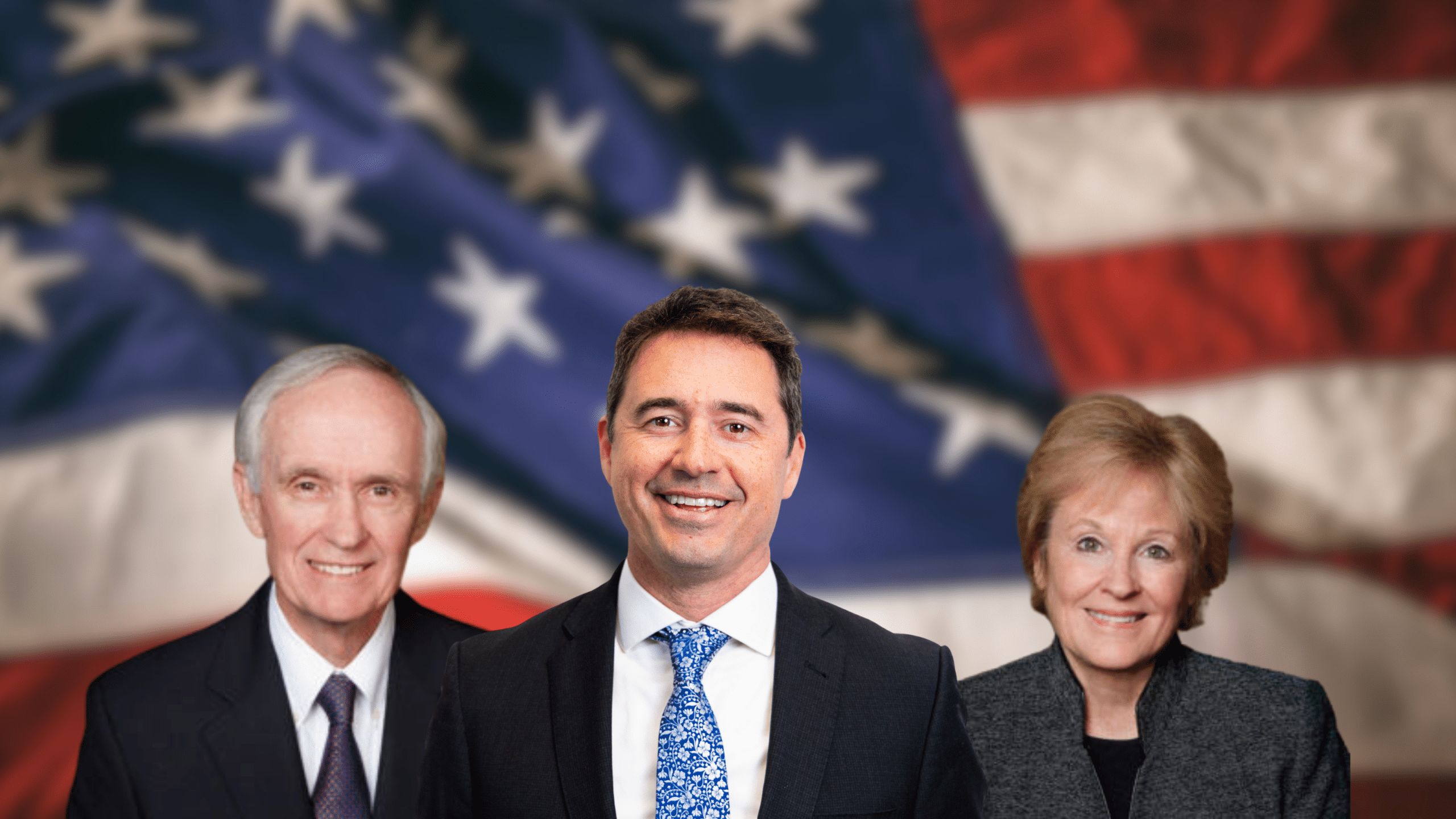The U.S. Department of Veterans Affairs (VA) is comprised of three distinct branches: the Veterans Benefits Administration (VBA), the Veterans Health Administration (VHA), and the National Cemetery Administration. For this discussion, we’ll focus on the VBA and VHA, as veterans commonly interact with both during their journey for benefits and care.
Key Difference: Financial Assistance vs. Health Care
In simple terms, the VBA provides financial assistance, while the VHA delivers health care services. These two entities operate independently and often do not communicate directly, meaning veterans may need to transfer documents between them manually—a frustrating but sometimes necessary step.
What Does the VBA Do?
The Veterans Benefits Administration administers programs that provide financial and other forms of assistance to veterans, dependents, and survivors. Its mission is to deliver benefits and services promptly and compassionately in recognition of veterans’ service. Programs under the VBA include:
- Vocational Rehabilitation and Employment (VR&E): Helps veterans with service-connected disabilities find and maintain employment or live as independently as possible if they cannot work.
- Compensation and Pension (C&P): Direct payments to veterans, dependents, and survivors based on service-connected disabilities or financial need.
- Education Programs: Support for higher education and vocational training to help veterans readjust and pursue educational opportunities.
- Insurance Programs: Life insurance at standard rates for veterans exposed to the hazards of military service.
- Loan Guaranty: Enables veterans, certain spouses, and service members to purchase and retain homes.
Learn more about all the benefits veterans and their dependents can receive in our Comprehensive Benefits Guide here.
What Does the VHA Do?
The Veterans Health Administration delivers health care services to veterans and their families. Its mission is to honor veterans by providing exceptional health care and support. The VHA operates:
- 150 Medical Centers and nearly 1,400 community-based outpatient clinics.
- These facilities collectively provide comprehensive care to over 8.3 million veterans annually.
The VHA is the largest integrated health care system in the U.S., offering services such as routine checkups, specialist care, mental health services, and more.
When VBA and VHA Overlap
While the VBA and VHA function separately, they intersect during specific processes, such as Compensation and Pension (C&P) exams. Here’s how it works:
- C&P Exam Request: A veteran files a disability claim with the VBA.
- Scheduling: The VBA schedules the exam, often at a VA medical center (VAMC) run by the VHA.
- Results Transfer: The VHA conducts the exam, and the results are sent back to the VBA for claim evaluation.
Veterans receiving care at VHA facilities or non-VA providers can authorize the release of information (ROI) to ensure medical records are sent to the VBA for consideration.
Stay Informed with More VA Tips
Navigating the VA system can be complex, but knowing the roles of the VBA and VHA can help streamline the process. For more tips and guidance on VA claims and benefits, subscribe to the VETS Advantage Newsletter→




